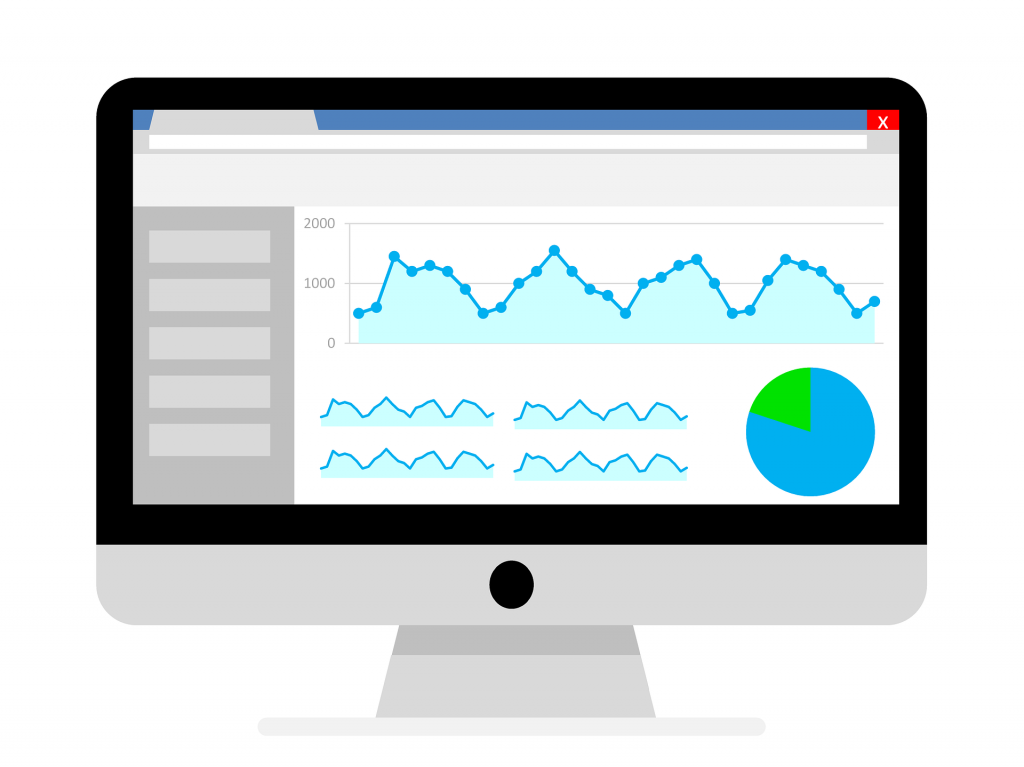
It’s easier than ever to build an online survey and send it out to customers, but analyzing the results is the tricky part. Survey analysis refers to the process of analyzing your results from customer surveys. There are some important metrics to keep an eye on.

Survey Response Rate is the percentage of people who respond to the survey. You want your response rate to be high because it means your data is more statistically significant—but what constitutes a high response rate? As a general rule, however, a 5-20% response rate is considered good for on-site surveys.
For Example, Your on-site survey was shown to 500 visitors on your website. Of that number, 65 completed the survey, giving you a response rate of 13%. You might want the number to be higher, but it is not a bad response rate for an on-site survey.

The sample size is sufficient: Clearly, if you are working with larger sample size, your results will be more reliable as they will often be more precise. Larger sample size does often equate to needing a bigger budget though. The way to get around this issue is to perform a sample size calculation before starting a survey. Then, you can have a large enough sample size to draw meaningful conclusions, without wasting time and money on sampling more than you really need.

Statistical significance: The “significant” in statistical significance refers to how accurate your data is. Or rather, that your results are not based on pure chance, but that they are in fact, representative of a sample. If your data has statistical significance, it means that to a large extent, the survey results are meaningful. It also shows that your respondents “look like” the total population of people about whom you want to draw conclusions.

Focus on your insights, not the data: It’s your job to turn data into information and then to turn information into insights. Just sharing data from the survey result is only halfway. You want to present the insights that come from your information. Insights go beyond just sharing percentages and data breakouts.
Insights come when you apply knowledge and ideas to the data in the survey. Insights may take the form of a recommended action or examining how two different data points are connected. An insight combines the science of the data with the art of the mind.
Making comparisons with cross-tabulation: Cross-tabulating your data is where you can really begin to draw insights from your survey results, instead of just statistics. It can help you to add context to your numbers and to really interrogate how different groups of people behave or how different factors might affect a single outcome. For example, you may be curious about customer likes or dislikes, but you know your customers are based out of New York, Alabama. You can use cross-tabulation to see how many respondents said they were from Boston and said they would like and dislike your brand.
Want to learn more about digital marketing? There’s a lot to learn. Learn market research, e-mail marketing, copywriting, search engine optimization, youtube marketing, Facebook marketing, and more in The Ultimate Digital Marketing Course for Beginners

